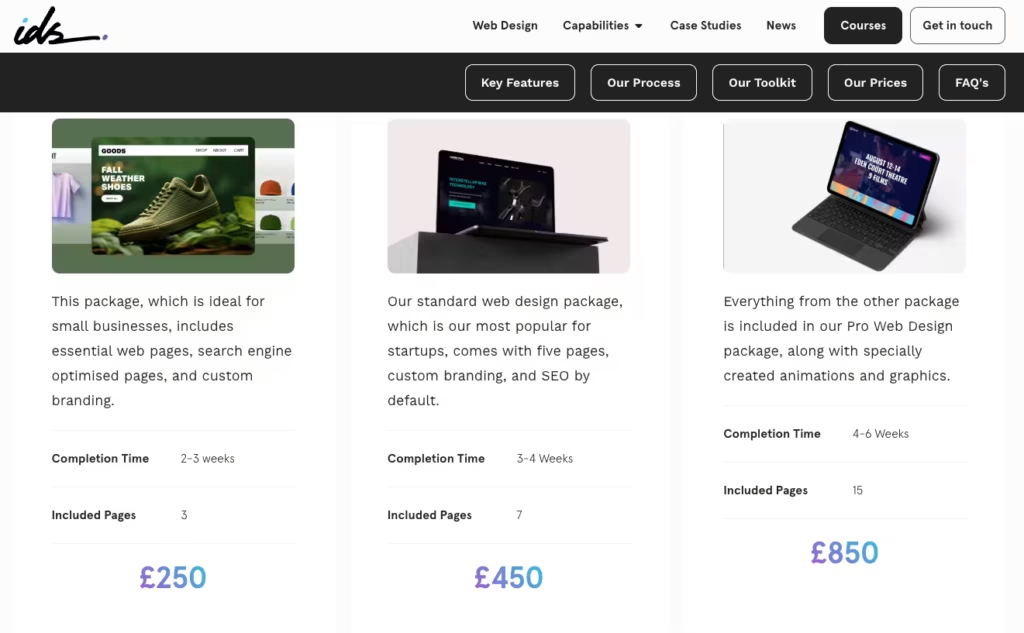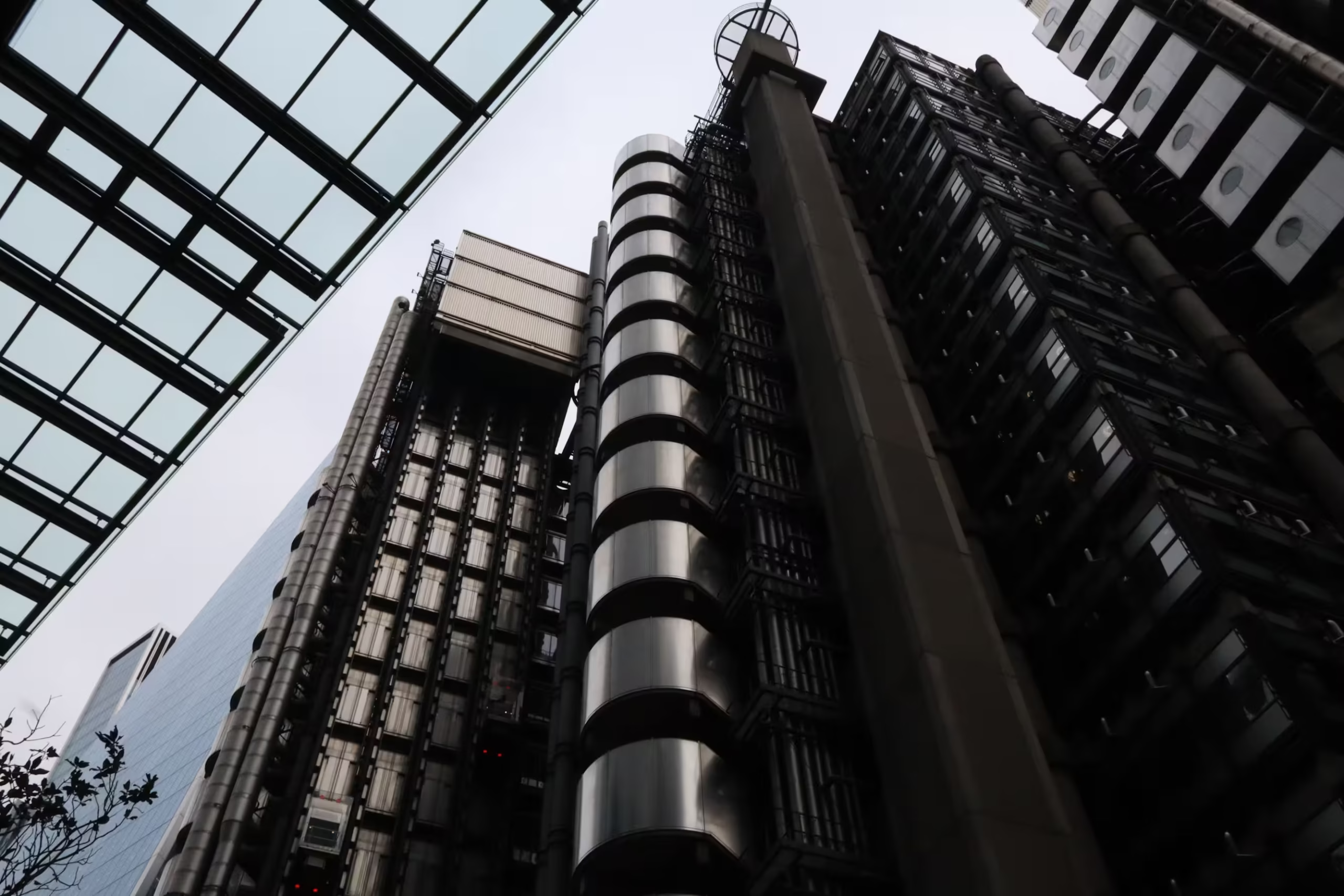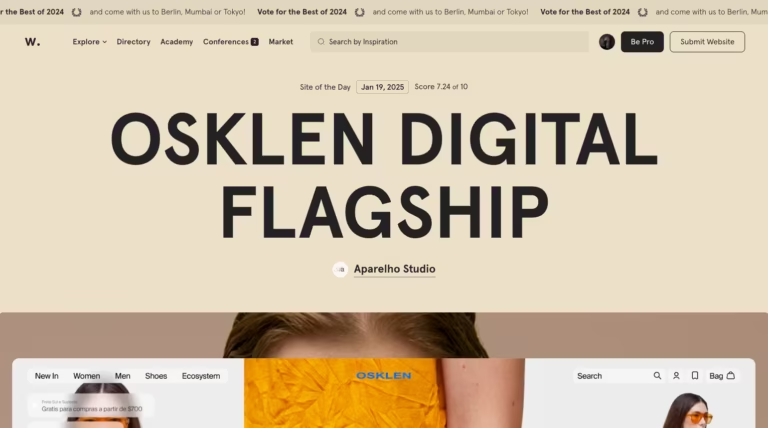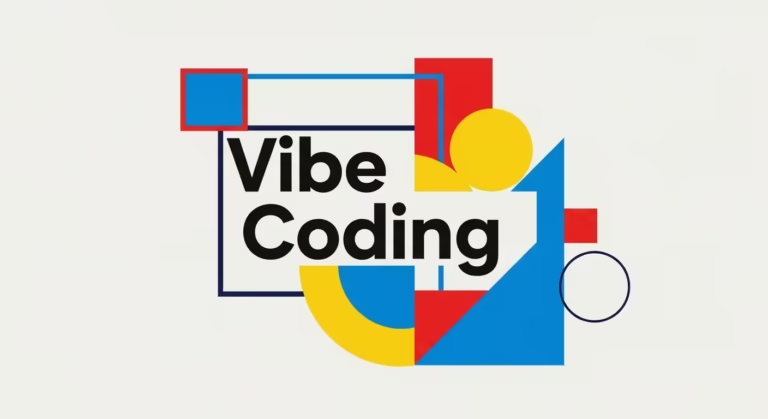Introduction
The UK web design market is undergoing significant change in 2025 as a result of shifting consumer demands, technological advancements, and economic shifts. The economic situation of the UK web design market is examined in this article, which also highlights important trends, challenges, and possibilities that professionals in the field should be aware of.
Economic Landscape of the UK Web Design Industry
The Growth of UK Web Design
The web design services sector in the UK is somewhat contracting as of 2025. According to reports, the overall income dropped by 0.8% on a compound yearly basis to £640.6 million. The COVID-19 pandemic’s lasting economic repercussions, which reduced expenditure and weakened company confidence during its height, are to blame for this decline.
Regional Web design Economics
The UK’s overall economic health still heavily depends on the design economy. The importance of the design industry is shown by the Design Council’s “Design Economy” report, which offers thorough statistics on the status of design and design skills in the UK.
Key Trends Shaping the Industry
Technological Advancements in Web Design
In 2025, the following new technologies will have a significant impact on web design:
- Artificial Intelligence (AI): Tools powered by AI are making it possible to create dynamic, customised online experiences that increase consumer pleasure and engagement.
- Virtual reality (VR) and augmented reality (AR) are being incorporated into websites to provide immersive experiences, especially in industries like retail and real estate.
The following video shows the techniques we use to integrate augmented reality into web design in Inverness.
The Latest Web Design Trends in 2025
Current design preferences include:
- Minimalist and Clean Web Design: Placing a focus on navigational ease and simplicity to enhance the user’s experience.
- Micro-Animations and Freehand Illustrations: Websites can be made more entertaining by using subtle animations and original artwork. We achieve this by integrating multiple animation styles, such as Lotti Animations, Animated GIF’s and GSAP animation. Our team of designers in Invernesss offer custom artwork, hand crafted to our customers specific requirements using Adobe Illustrator and Figma.
- Sustainable and Eco-Friendly Design: energy-efficient website optimisation, which reflects the increased focus on sustainability.
You have covered emerging web design trends in 2025 extensively in this article.
Web Design Client Expectations
Clients are increasingly seeking:
- Cost-effective Web Design Solutions: Due to economic constraints, there’s a higher demand for affordable web design services. At the Inverness Design Studio, we have addressed this by offering basic web design packages to new customers with limited budgets.
- E-commerce Capabilities: As e-commerce grows, companies need strong e-commerce systems to satisfy their customer’s demands. For example, we have been extending our e-commerce offering to include more payment gateway options, offered flexible web design payment plans, and are providing responsive design as industry on all of our website design and build products.
Our flexible pricing plans, which are tailored to each client’s unique budget, are depicted in the following image.

Challenges Facing the Web Design Industry
Economic Uncertainty for the Web Design Industry
Due to the ongoing impact of the pandemic, businesses are investing cautiously in web design initiatives. Web design companies must adjust to this market by providing clients with various price options and proving a demonstrable return on investment.
Skills Shortage Among Web Designers
The sector now suffers a skills gap as a result of the web technologies’ quick development. Professionals skilled in the newest technologies and trends, such as AI integration and immersive design approaches, are desperately needed. Remaining successful in this environment requires constant learning and improvement.
Opportunities for Growth
Embracing Web Design Innovation
Businesses are better equipped to satisfy contemporary customer needs when they invest in cutting-edge technology and design techniques. Companies may differentiate themselves in a competitive market by keeping up with developments like AI-driven personalisation and AR/VR integration.
Focus on Accessibility and Inclusivity in the Creative Industries
In addition to increasing the possible user base, designing websites that are accessible to all users—including those with disabilities—also complies with legal and ethical criteria. Both clients and end users are increasingly taking inclusive design into account.
Summary
In 2025, the web design sector in the UK is negotiating a challenging and exciting economic landscape. Web designers may prosper and make a substantial contribution to the UK’s digital economy by comprehending market dynamics, embracing technology developments, and adjusting to the demands of their clients.



